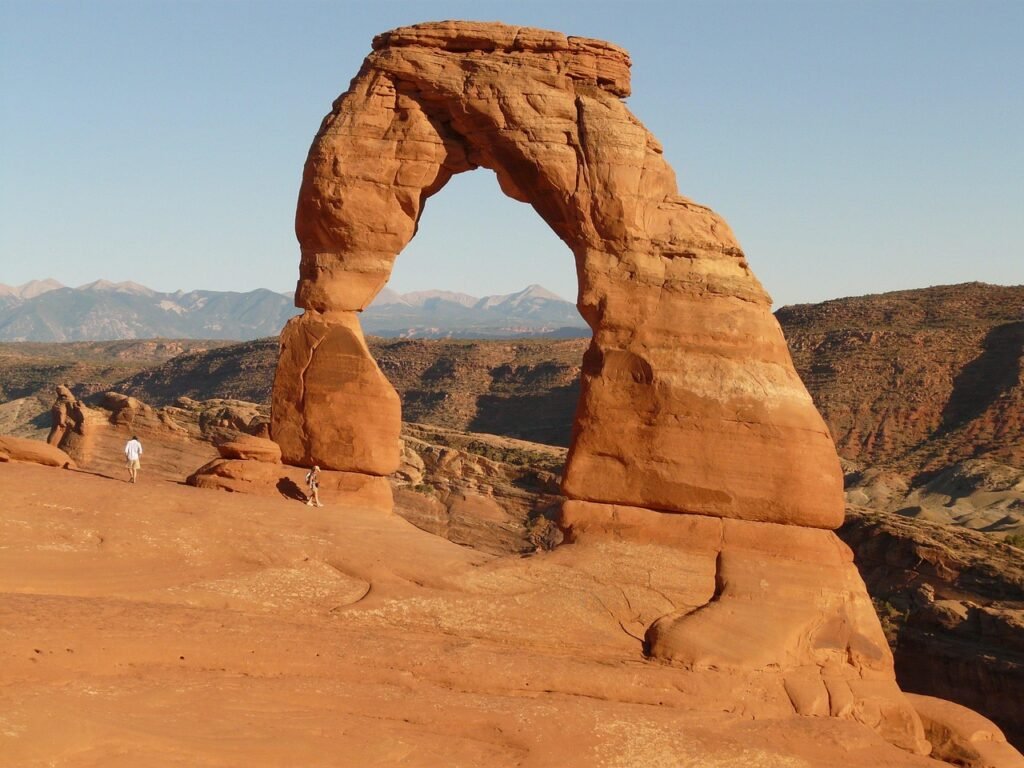The world is changing in ways that are both breathtaking and unsettling. Imagine hiking across a glacier, only to stumble upon a perfectly preserved tool crafted thousands of years ago, or spotting a bundle of ancient textiles emerging from the melting ice. This isn’t the stuff of fantasy or fiction—it’s happening right now. As climate change accelerates the melting of glaciers and permafrost, hidden chapters of human history are suddenly coming to light. Sacred artifacts, long entombed in ice, are revealing stories that were never meant to be forgotten. The past, once locked away in frozen tombs, is now being thrust into the open, forcing us to confront not only what we’ve lost, but also what we stand to learn. In this dance between destruction and discovery, the Earth is whispering secrets that have waited millennia to be heard.
The Icy Vaults of Time
Ice has always been one of nature’s most reliable time capsules. When snow falls and compresses over centuries, it traps not just air bubbles, but entire worlds: bones, tools, clothing, and even the remains of ancient humans. These frozen vaults are unique because they can preserve organic material that would otherwise decay, like wood, leather, or plant fibers. For centuries, these artifacts have remained untouched, hidden away from the eyes of the world. As our planet warms, however, this protective layer of ice is vanishing at an alarming rate, exposing treasures that were never meant to see the light of day so soon. This sudden unveiling offers both a dazzling opportunity for discovery and a race against time before these relics are lost to the elements.
Glaciers as Storytellers
Glaciers don’t just store ice—they hold stories. When the ice recedes, it reveals objects that offer glimpses into the lives of ancient people who lived in harsh, unforgiving environments. For example, the discovery of ancient hunting weapons in the melting ice of Norway’s mountains has transformed our understanding of prehistoric cultures. Each artifact is a silent witness, carrying whispers of rituals, survival, and ingenuity. The objects found aren’t just random items; they are puzzle pieces that, when assembled, paint vivid pictures of our ancestors’ daily struggles and spiritual beliefs. With every layer of ice that disappears, a new chapter of human history emerges, both exhilarating and bittersweet.
Uncovering Sacred Rituals
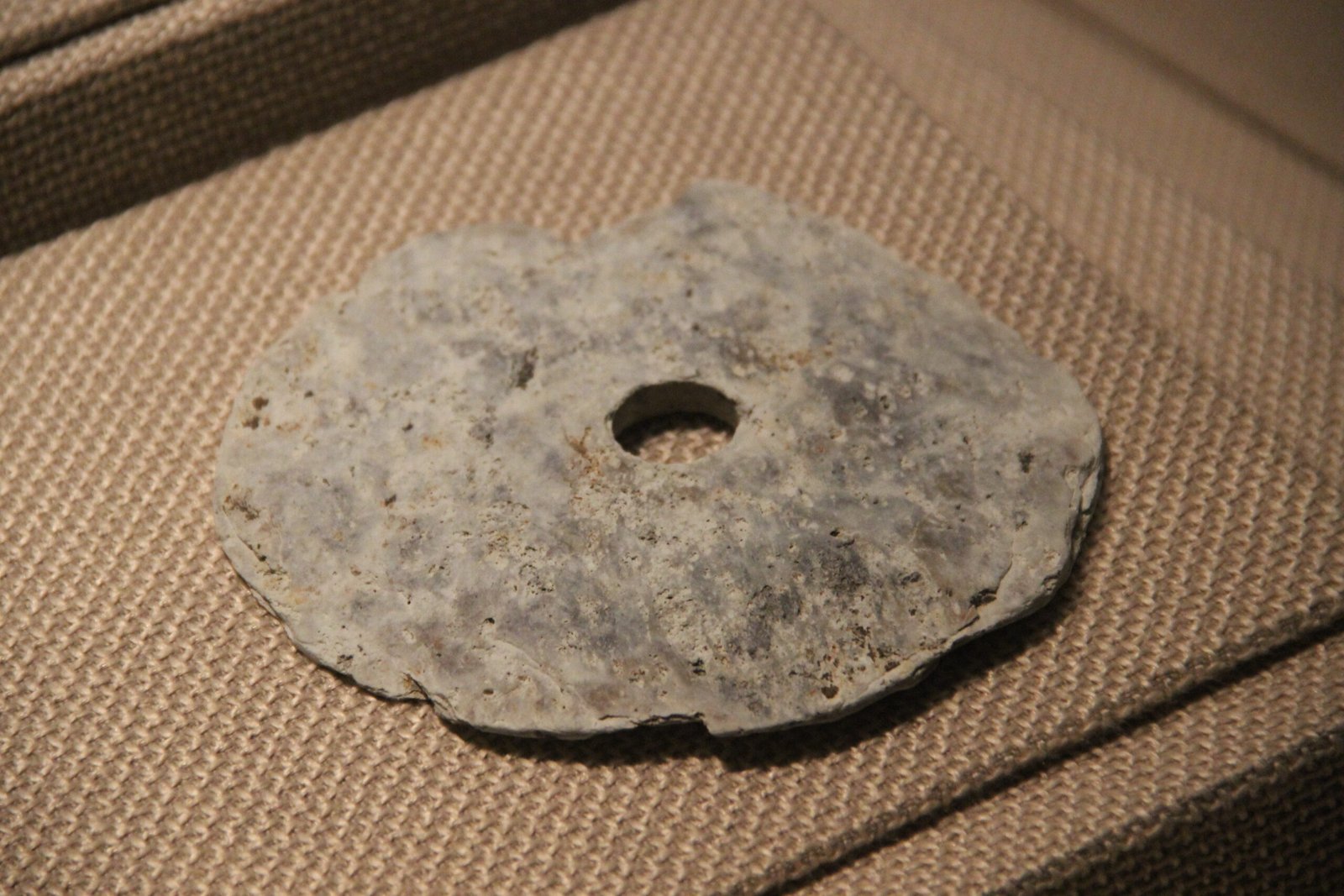
Some of the most astonishing finds are not just tools or weapons, but sacred artifacts that hint at the spiritual lives of ancient cultures. In the Alps, for example, melting glaciers have revealed intricately carved wooden idols and ceremonial objects used in long-lost religious rites. These discoveries suggest that high mountain passes were not just routes for travel, but sacred spaces where rituals and offerings took place. The sudden exposure of these objects can feel almost like an intrusion on ancient mysteries. Yet, their reappearance allows modern researchers to better understand the deep connections our ancestors had with nature, the divine, and each other.
The Ötzi Phenomenon
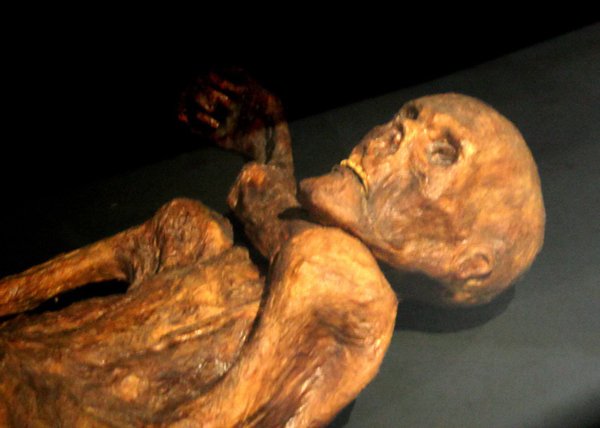
Perhaps the most famous example of this icy revelation is Ötzi the Iceman, discovered in the Alps in 1991. His body, clothing, and belongings were astonishingly well-preserved in glacial ice for over 5,000 years. Ötzi’s accidental unearthing provided scientists with a detailed look into the Copper Age, from his last meal to the tattoos on his skin. The lessons learned from Ötzi go far beyond curiosity—they reshape our entire understanding of ancient medicine, technology, and even social conflict. He stands as a haunting reminder of how much the ice can hide, and how much it can reveal when it recedes.
Artifacts at Risk
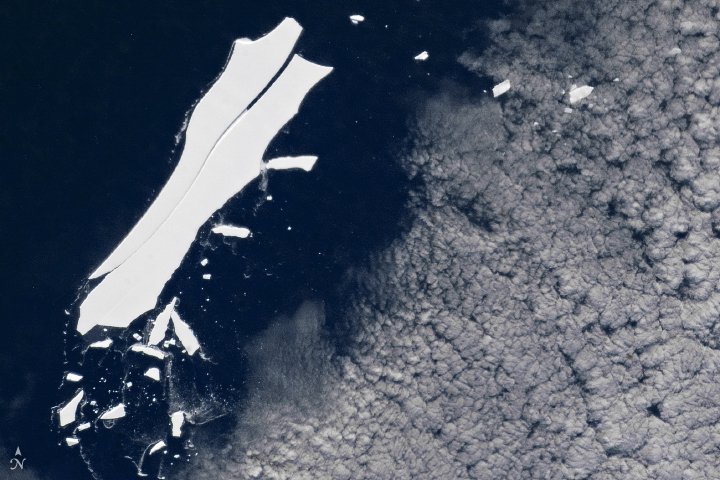
While these discoveries are thrilling, they are also fraught with danger. As soon as artifacts emerge from the ice, they begin to degrade rapidly. Organic materials like leather, wood, and textiles, once shielded from the air and bacteria, start to decay within days or weeks. Archaeologists must race against the clock to recover and preserve these objects before they are lost forever. In many cases, by the time researchers reach the site, priceless items have already been damaged or destroyed. This ongoing challenge adds urgency and heartbreak to each new find, underscoring the fragile nature of our shared heritage.
Science in the Field
Recovering artifacts from melting ice is no easy task. Scientists and archaeologists must brave treacherous terrain, unpredictable weather, and the constant threat of further melting. They use cutting-edge technology—like drones, GPS mapping, and ground-penetrating radar—to locate and document finds before they vanish. Once recovered, artifacts require special care and rapid conservation to ensure they don’t deteriorate. Each recovery mission is a blend of adventure and meticulous science, fueled by the knowledge that every object saved could rewrite history.
Climate Change’s Double-Edged Sword
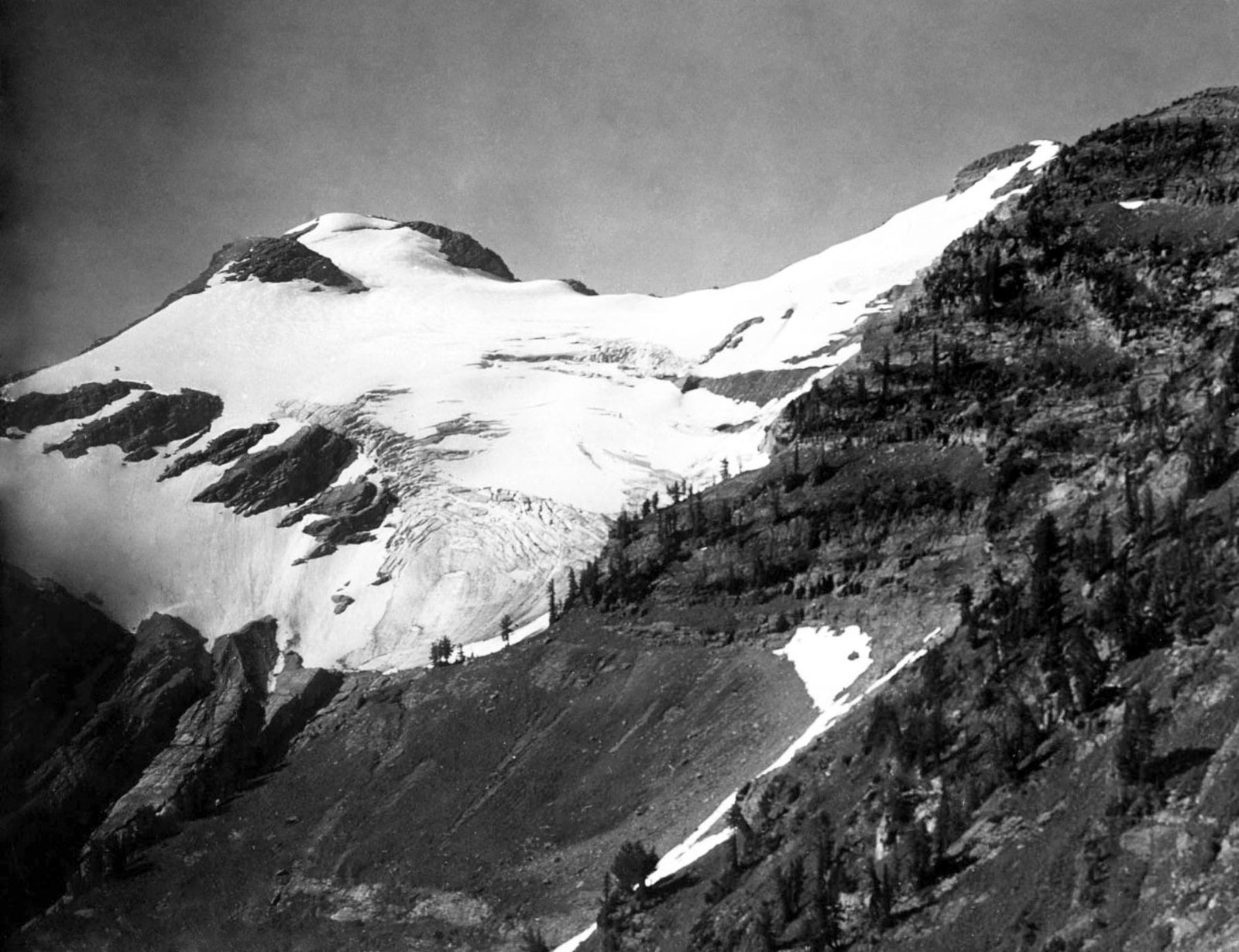
There’s a cruel irony at play: the same forces that are revealing these ancient treasures are also threatening to destroy them. Climate change, with its relentless march of rising temperatures, is erasing glaciers at a rate never seen before. While the melting ice is giving up secrets, it also brings chaos, flooding, and unpredictable weather that can make artifact recovery dangerous or impossible. The urgency to preserve what’s found is matched only by the sorrow of knowing that many objects will simply dissolve into the mud. In this way, climate change is both the key and the curse to unlocking the past.
Lessons from the Past
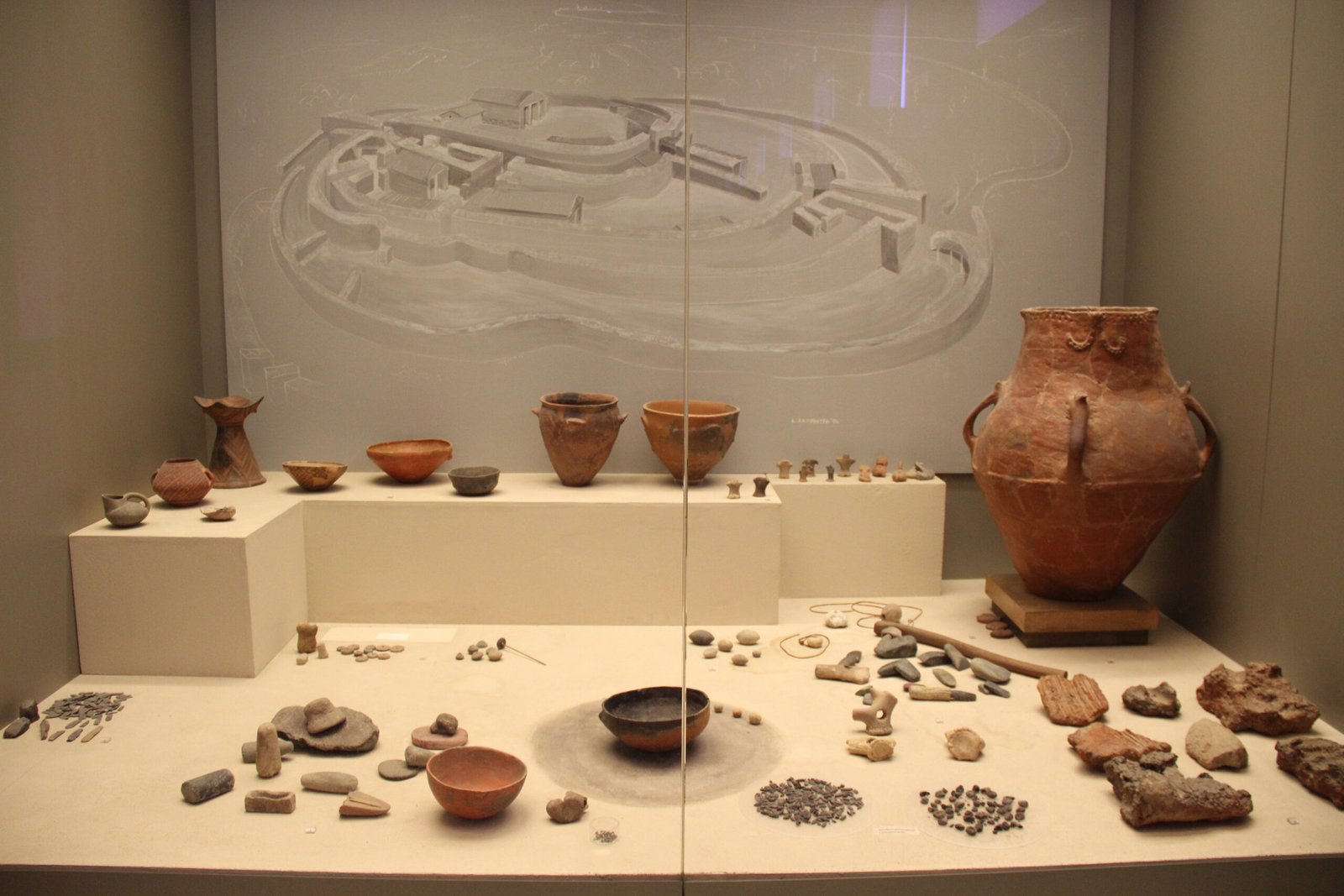
The artifacts emerging from the ice are more than just museum pieces—they are teachers. They remind us of humanity’s resilience and adaptability, showing how people faced climate shifts, resource scarcity, and environmental challenges long before our time. Studying these objects inspires new ways to think about our own uncertain future. The rituals, tools, and art left behind reveal not only technical skill, but also a deep sense of connection to the land and to each other. In a world grappling with rapid change, these lessons are more relevant than ever.
Modern Connections to Ancient Sacreds

For many indigenous communities, the reappearance of sacred artifacts is deeply personal. These are not just historical curiosities; they are part of living traditions and spiritual practices. Some groups see the return of long-lost objects as a sign, an opportunity to reclaim lost heritage and restore cultural continuity. There are ongoing debates about how best to honor these finds—whether to return them to descendant communities, display them in museums, or leave them in situ. The conversation is as complex as the objects themselves, touching on identity, memory, and respect.
The Ongoing Mystery

Every year, as glaciers and permafrost continue to thaw, new mysteries emerge. From ancient shoes and ceremonial masks to forgotten weapons and children’s toys, the ice releases treasures that spark wonder and awe. Each discovery raises new questions about who we were, how we lived, and what we believed. The past is always just beneath the surface, waiting for the right moment to reveal itself. As we peer into these ancient windows, we are reminded that history is alive, ever-changing, and full of surprises.
A Race Against Time

The clock is ticking, and the stakes have never been higher. Researchers, indigenous leaders, and conservationists are working together like never before to document, protect, and interpret these unique finds. Their work is not just about salvaging objects, but about saving stories and identities from oblivion. Each artifact rescued is a victory against time, a small act of defiance against forgetting. The question remains: how many more secrets lie hidden, and will we uncover them before they are gone forever?
Conclusion
The melting ice is changing the world in ways that are both startling and profound. Sacred artifacts, once thought lost to the ages, are reappearing and offering us a rare chance to connect with ancient lives. Yet this opportunity comes with responsibility. As we marvel at these discoveries, we are called to reflect on the impact of climate change—not just on the environment, but on our shared human story. What other secrets might the ice still hold, and will we be ready to listen when the past finally speaks?


